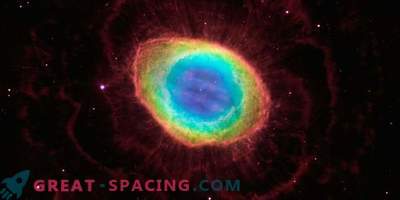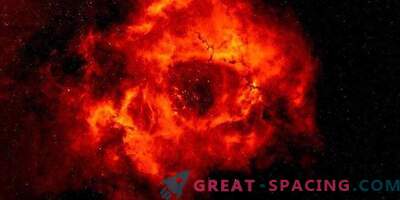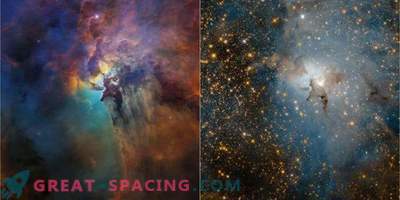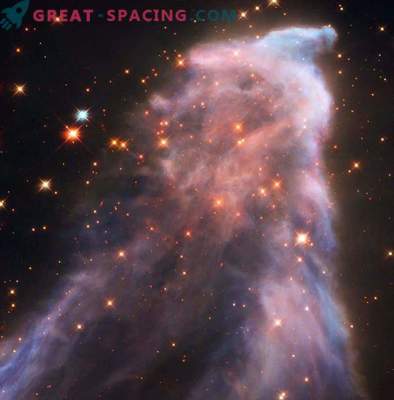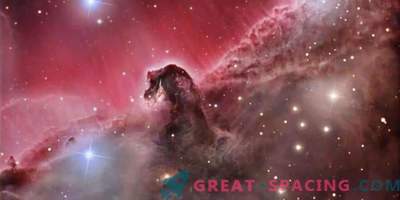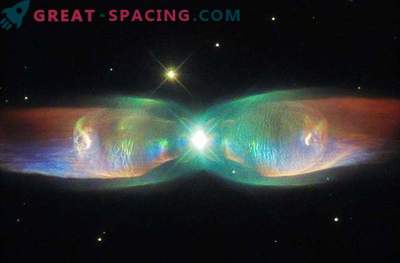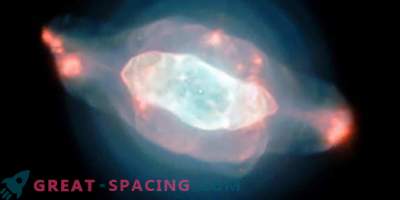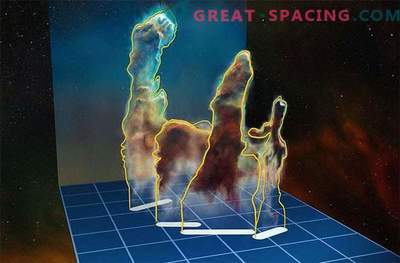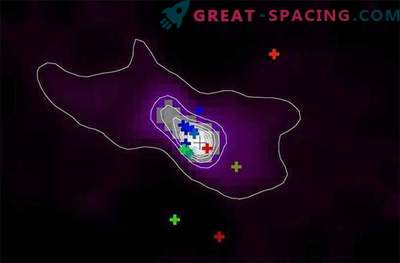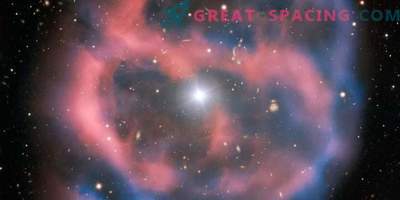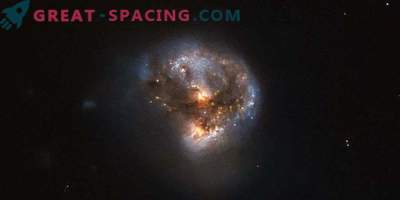
Scientists have noticed unusual laser radiation hinting at the presence of a binary stellar system hiding in the heart of the Ant Nebula. An extremely rare phenomenon is associated with the death of a star and was found in observations of the Herschel Space Observatory.
When stars with low and medium weight (like the Sun) complete their existence, they eventually become dense white dwarfs. In this process, there is a release of external layers of gas and dust into space, which is why an amazing pattern is created - a planetary nebula. It is expected that our Sun will form a similar landscape.
Nebula - an interstellar cloud of dust, hydrogen, helium and other ionized gases. The Ant Nebula received this nickname because of the division into two parts resembling the body of an insect.
A recent review by Herschel showed that the dramatic death of the central star in the core of the nebula is even more reminiscent of the tetrahedron than previously thought. New information indicates that the Ant Nebula releases intense laser emission from its core. Nebula was first explored in the 1920s. Donald Menzel. It was he who then suggested that under certain conditions the natural amplification of light by stimulated radiation (laser) may occur in nebulae. This was before the discovery of lasers in the laboratory. In this case, an extremely rare type of radiation was found — laser radiation of hydrogen recombination, produced only in a narrow range of physical conditions. Previously, it was found only in a few objects. This type requires that an extremely dense gas be located near the star. Comparison with models showed that the gas density with lasers is 10,000 times denser than the observed gas in typical planetary nebulae.
The only way to keep such a dense gas near a star is if it revolves around it on a disk. In a particular nebula, there is a dense disk in the very center, turned to us by the edge, which can enhance the laser signal. The disk signals the presence of a binary system, because it is difficult to push the ejected gas into orbit if the satellite does not deflect it in the right direction. Astronomers have not yet managed to fix the expected second star, hidden in the heart of the Ant Nebula.

